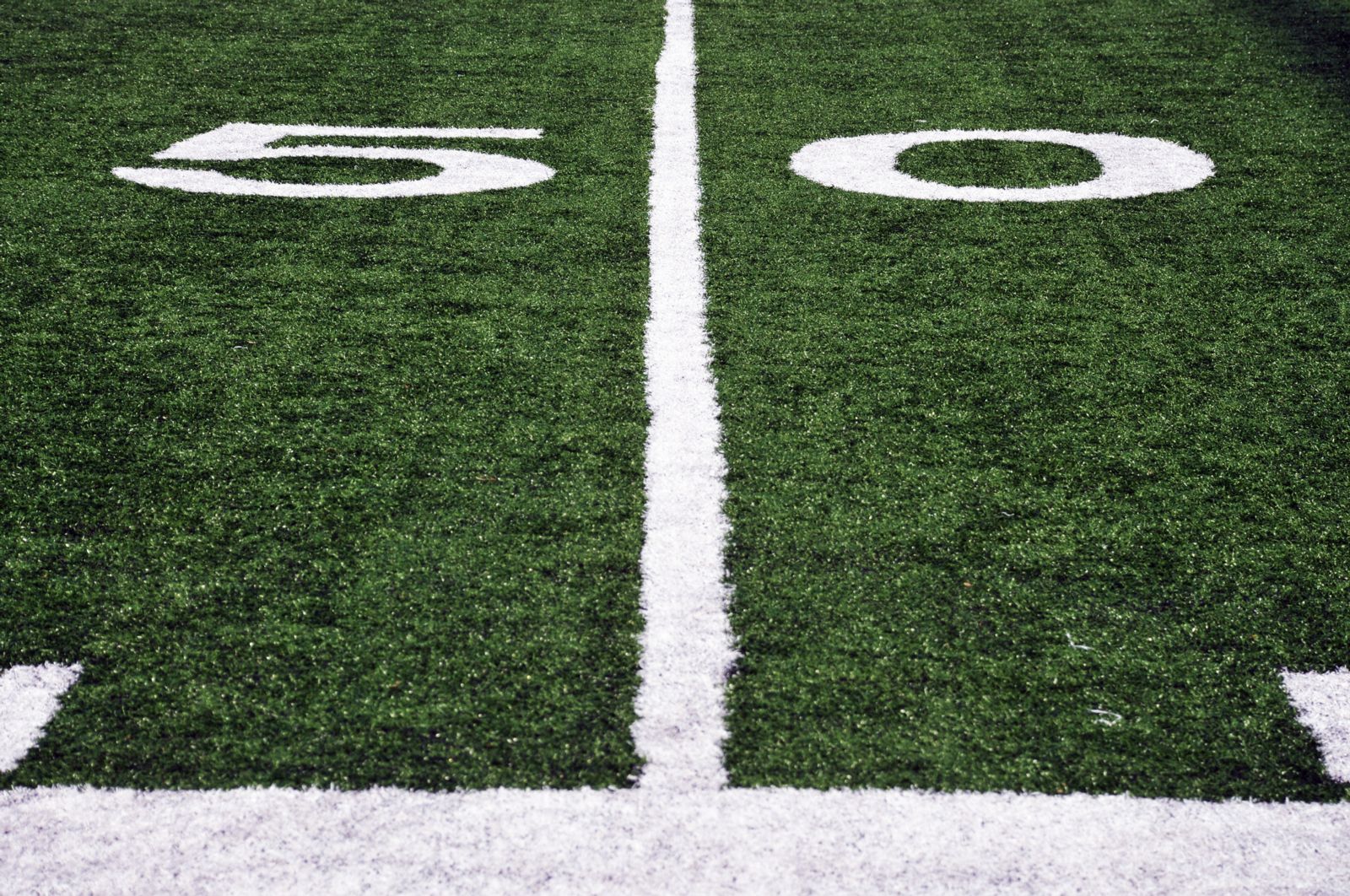There's Keystone in every Great invention
81,000 Connected Fans: How and Why the Super Bowl Will Be Seamlessly Wireless
January 31, 2014
.jpg) The Super Bowl is one of the most highly watched and eagerly anticipated events in the nation, and in the world of sports—and this year will be no exception. 81,000 fans will pour into MetLife Stadium to watch the athletes and entertainers do what they do best, and millions upon millions around the world will watch the spectacle unfold.
The Super Bowl is one of the most highly watched and eagerly anticipated events in the nation, and in the world of sports—and this year will be no exception. 81,000 fans will pour into MetLife Stadium to watch the athletes and entertainers do what they do best, and millions upon millions around the world will watch the spectacle unfold.
Now with technology what it is today, the event is a very different one from Super Bowls of years past. Almost every one of those 81,000 fans will be texting, tweeting, Instagraming, and Facebooking every moment of the game—creating the need for unprecedented amounts of data. In fact, Verizon Wireless and AT&T have spent over a year upgrading their networks in order to accommodate the wireless needs inside the stadium.
Last year, the Superdome organizers were tasked with scanning every single wireless device that entered the stadium, denying access to “any wireless equipment that might interfere with the proper workings of the Superdome Wi-Fi network.”*
 This year could prove even more challenging. According to Verizon, in the Giants’ home opener against Denver on September 15, 2013, “twice as many people connected to its 4G LTE broadband internet connection than had done so at last year’s Super Bowl in New Orleans.”** Additionally, the security measures that are being put in place are high-tech and abundant, adding yet another layer to the wireless technology extravaganza that will be this year’s Super Bowl.
This year could prove even more challenging. According to Verizon, in the Giants’ home opener against Denver on September 15, 2013, “twice as many people connected to its 4G LTE broadband internet connection than had done so at last year’s Super Bowl in New Orleans.”** Additionally, the security measures that are being put in place are high-tech and abundant, adding yet another layer to the wireless technology extravaganza that will be this year’s Super Bowl.
With all that in mind, we’d like to take a look back at the invention of this technology itself, and how WiFi and the WiFi router changed life as we know it.
Short for Wireless Fidelity, WiFi is the networking technology that allows all of our devices, from ipads to smart phones, to communicate wirelessly. All of the electronic components involved, including the device itself and the router, are based on the 802.11 standards originally defined by the Institute of Electrical and Electronics Engineers (IEEE) and the WiFi Alliance, and while there wasn’t just one person who invented WiFi, Vic Hayes has been called “the Father of WiFi”. He chaired the committee that created those standards in 1997 and made WiFi possible.
Additionally, credit is given to the Commonwealth Scientific and Industrial Research Organisation (CSIRO) of Australia, which created a chip that improved WiFi significantly.
 Of course, then there are the routers, which connect our home computers, scanners, and devices wirelessly, as well as connecting large networks—creating Local Area Networks (LAN) and Wide Area Networks (WAN). The invention of these amazing little devices dates back to 1980, and is credited to William Yeager, a researcher at Stanford University. The router is possibly the key piece of equipment, as it is what is physically connected to the internet and what broadcasts the signal that carries all the data.
Of course, then there are the routers, which connect our home computers, scanners, and devices wirelessly, as well as connecting large networks—creating Local Area Networks (LAN) and Wide Area Networks (WAN). The invention of these amazing little devices dates back to 1980, and is credited to William Yeager, a researcher at Stanford University. The router is possibly the key piece of equipment, as it is what is physically connected to the internet and what broadcasts the signal that carries all the data.
Along the way and over the years, many brilliant minds and technological leaders have improved upon WiFi, routers, and devices, but the original forward thinkers who thought to make this wireless data a possibility forever changed the way we all communicate. And while the 81,000 people checking in with friends, loved ones, and social media followers probably won’t be thinking of these original forward thinkers, or how it all happens, you can be sure there’s a lot of history and a lot of work making it all happen invisibly and perfectly.
Some of the Keystone products that can be found in WiFi routers include: Pins, Plugs Jacks and Sockets, Battery Clips, Contacts and Holders, as well as Test Points, Tips, Probes and Clips.




 Check out our Blog
Check out our Blog